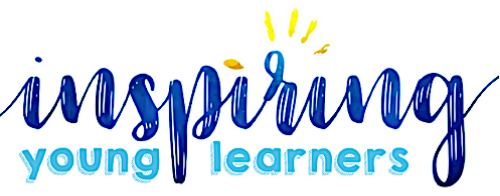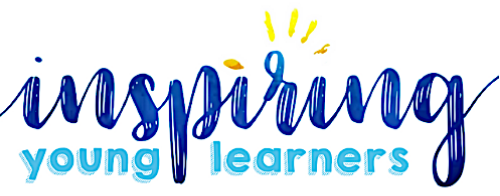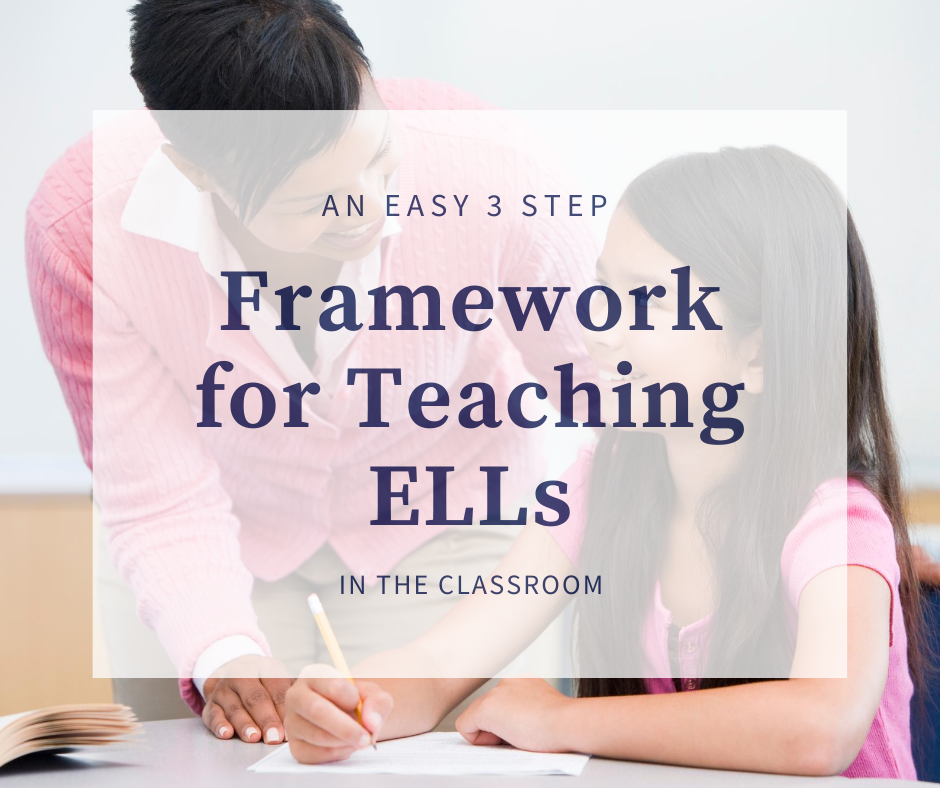
Over my years of teaching ELLs, I have found that there are three essential steps you need to put in place in order to see them grow and succeed, and in order for you to feel more confident in teaching. And the great thing is–these three steps are not difficult! Once you have this framework, you’ll see just how much easier it is to make sure you’re doing what you need to do to help your ELLs succeed.
Why is it important that we shift our mindset to support ELLs in the classroom?
According to the National Center for Education Statistics, the number of ELLs is around 10% of the student population across the country and rising.
ELLs are our future.
Imagine, then, the incredible opportunity we have to help them be bilingual learners–to help encourage their native language while helping them succeed in knowing how to speak, listen, read, and write in English. To do this, we want to make the most of every year that we have with the ELLs in our classroom, in order to move them one step closer to their goal of being completely proficient in English.
I take this seriously because the reality is you have a certain number of days with a student in your classroom and you can either use those days to help close the gap or unfortunately to widen it. According to the Department of Education, research is showing that only 67% of English language learners are graduating from high school compared to 85% of monolingual students. When we can close the gap early on in their education, we are help changing their future! One of the best ways we could do that is to build this framework into how we teach, giving future generations opportunities to become incredible citizens and lifetime learners.
One of the teachers in my summer book club is following and implementing this framework. She has 30 plus years of ELL experience, and this was what she said: “I’ve taken years of studying the topic of ESLs, and the 3 step framework you teach is exactly what we need. There is a lot of information out there, too much, but it really comes down to these three steps that make the biggest impact.”
So let’s jump in and learn it! If you want to go much more in-depth, you can check out my ,,webinar on this framework. Here, you’ll find a brief breakdown just to get the overview.
Number 1: Create a Welcoming Environment for all Learners.
Without this step, no learning will happen. This step is so crucial because these students come into our classrooms and we expect them to speak, socialize, and to communicate in a language that they have not been learning from birth.
That’s asking a lot.
If you’ve ever experienced learning a second language, you know the fear, anxiety, and stress that come into play–especially when you add in all the ordinary feelings that students have wanting to fit in with their peers. Our job as teachers of ELLs is to make sure that we are lowering the affective filter as much as possible.
What is the affective filter?
The affective filter is the stress of the environment. Our job is to minimize it. What it means for our students is this: the more we can do to create a safe environment for them to take risks, the more they’re going to learn. (I talk a lot more about this in ,,other posts.)
I encourage you to take a look at just different ways that you might be unwittingly allowing your ELL students to feel anxiety and fear about learning in your classroom. Saying things like “We speak English here” is automatically going to shut them down and make them feel unwelcome and unsafe. Even just looking at the words that you use is incredibly important. Make sure you are using those words–and all the rest of your resources–not to shut them down, but to build them up and encourage them for who they are.
A note here: As you likely already know, every group is different and something that worked well the year before might not be received as well with this group. It’s a constant learning curve to understand how to welcome this group of learners.
Number 2: Authentically Assess.
When it comes to ELLs, you’ll have the access scores and whatever language proficiency assessments you have. Those are good baselines to use throughout the year. However, those take a lot of time and we don’t always have those results available to us. Therefore, authentic assessment in this framework is a frequent assessment used to drive your instruction.
Using formative assessments is a great way to authentically assess your ELLs because it helps you see how they interact with peers, use academic language in conversation with peers, and ask questions in response to prompts. Those key moments throughout the day give you huge amounts of data! I encourage you to keep a clipboard with sticky notes to remind yourself to be on the lookout for those interactions amongst peers. Really hone in on how your ELLs are responding, asking questions, and engaging with materials. Write those observations down and allow that to guide you in your lesson planning and how you form groups to follow up.
(Again, in the webinar, I go a lot more in-depth on ways that you can authentically assess–feel free to check that out if you want to go deeper on this subject.)
Number 3: Add Scaffolds and Supports.
Successfully teaching ELLs comes down to the scaffolds and strategies that you use to help reach them where they’re at. This is a dance. We need to be careful not to “over-scaffold” for our ELLs; in that case, they become dependent on us to do everything for them. We also want to make sure that we don’t take away all the scaffolds; in that case, they’re getting lost in the materials we’re teaching.
To know how to add in the right scaffolds, we need to know the language level they’re at. We need to know the needs they’re struggling with. Is it listening? Is it speaking? Reading? Writing?
One caution: Don’t try to support them in all areas. It’s good to specifically choose which domain we’re focusing on.
These are all questions that are helpful to ask when planning what supports you want to use. The beauty of scaffolds and supports is that even right now if you don’t know what kind to use, as you begin to learn you can start with a few and then add more as you go. You can continue to add in more while also keeping your original, more comfortable methods. Over time, you’ll see that you’re beginning to shift the way you see how to teach ELLs–and you’ll see more success because you feel confident in knowing how to use these strategies. Your students will also feel confident in knowing what you’re expecting them to do.
The great thing is, even monolingual students thrive on this method! Everyone can benefit from having academic conversations with peers and engaging activities that get them up, moving, and applying what they’re learning. This is where the magic happens: When you begin to focus on your ELLs in your classroom, all your students benefit.
Looking for more help with ELLs? ,,Sign up for my differentiation guide for online/blended learning.

How else can I help you? Just comment below and let me know!




